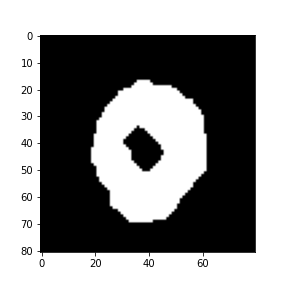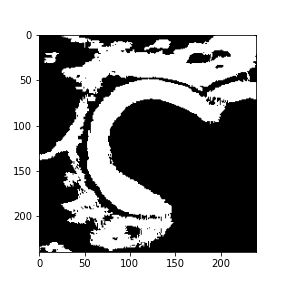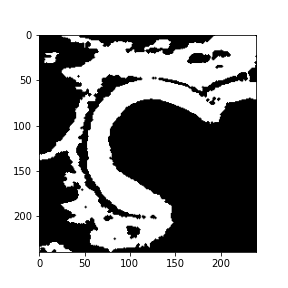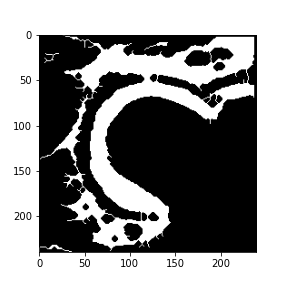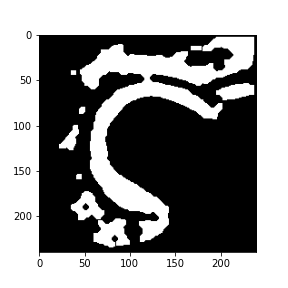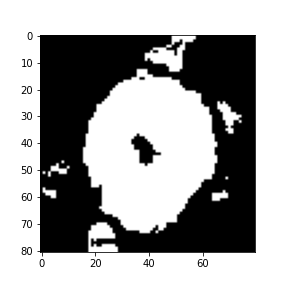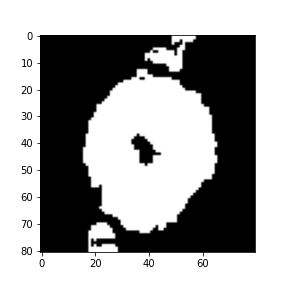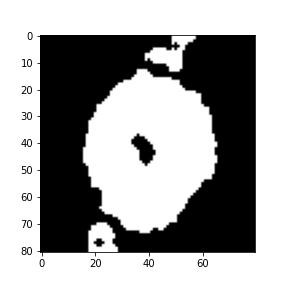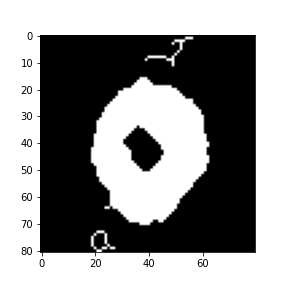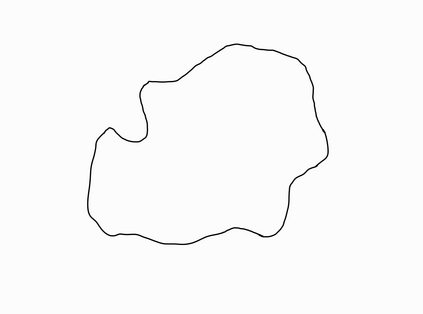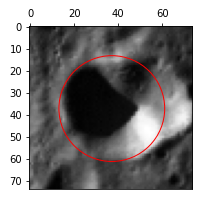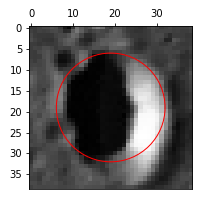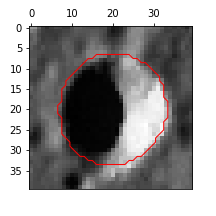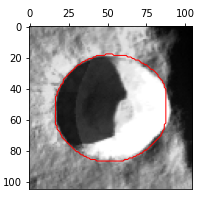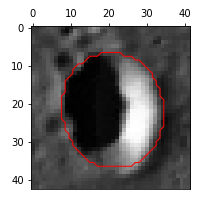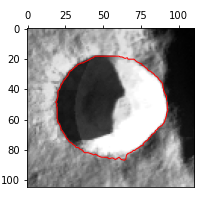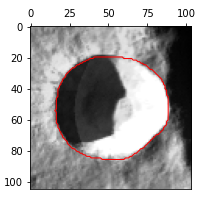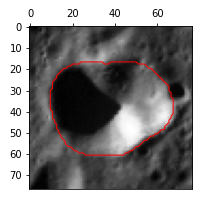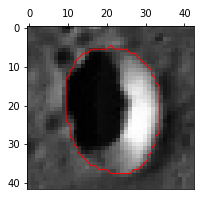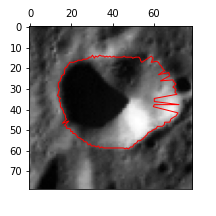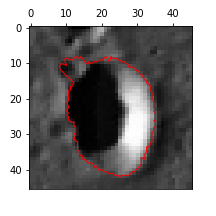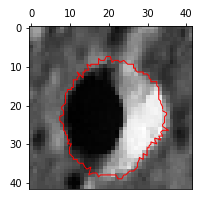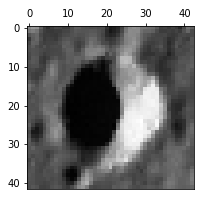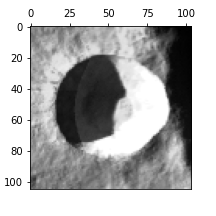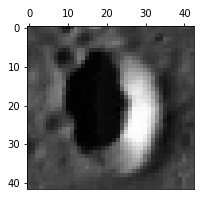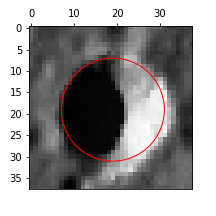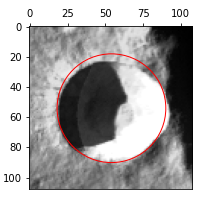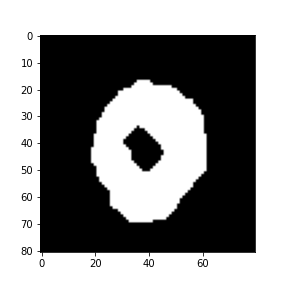Impact craters are formed due to continuous impacts on the surface of planetary bodies. Most recent deep learning-based crater detection methods treat craters as circular shapes, and less attention is paid to extracting the exact shapes of craters. Extracting precise shapes of the craters can be helpful for many advanced analyses, such as crater formation. This paper proposes a combination of unsupervised non-deep learning and semi-supervised deep learning approach to accurately extract shapes of the craters and detect missing craters from the existing catalog. In unsupervised non-deep learning, we have proposed an adaptive rim extraction algorithm to extract craters' shapes. In this adaptive rim extraction algorithm, we utilized the elevation profiles of DEMs and applied morphological operation on DEM-derived slopes to extract craters' shapes. The extracted shapes of the craters are used in semi-supervised deep learning to get the locations, size, and refined shapes. Further, the extracted shapes of the craters are utilized to improve the estimate of the craters' diameter, depth, and other morphological factors. The craters' shape, estimated diameter, and depth with other morphological factors will be publicly available.
翻译:撞击坑的形成是由于行星体表面的连续撞击。最近大多数深层学习的火山口探测方法将火山口作为圆形处理,较少注意提取火山口的精确形状。挖掘火山口的精确形状有助于许多先进的分析,例如火山口的形成。本文件建议结合未经监督的非深层学习和半监督的深层学习方法,以准确提取火山口的形状并从现有目录中探测失踪的弹坑。在未经监督的非深层学习中,我们提出了一种适应性的边缘提取算法,以提取火山口的形状。在这种适应性的边缘提取算法中,我们利用了德国马克的高度剖面图,并在德国排雷司的斜坡上应用形态操作来提取火山口的形状。火山口的抽取形状用于半超深的深层学习,以获得位置、大小和精细的形状。此外,火山口的抽取形状将用来改进对火山口口的直径、深度和其他形态因素的估计。 火山口的形状将具有公开的深度和形态。

